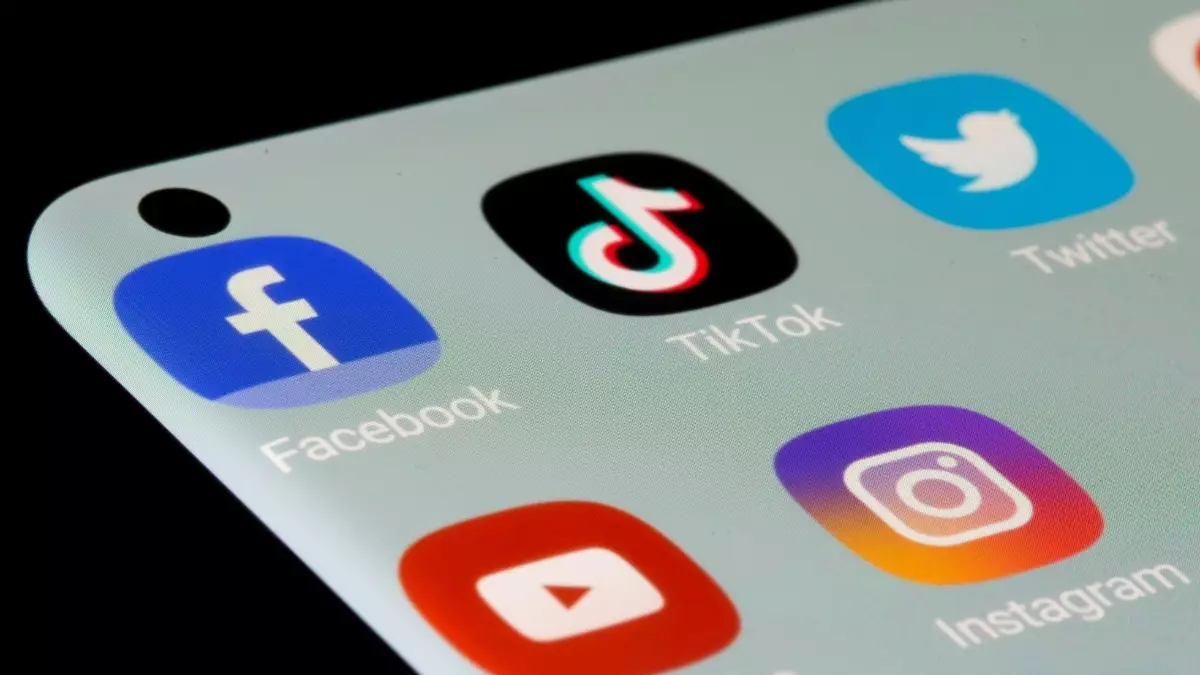In a groundbreaking decision that could reshape the landscape of digital interactions for young Australians, Prime Minister Anthony Albanese recently announced the Australian government’s plan to legislate a ban on social media usage for individuals under the age of 16. This proposal, framed as a response to growing concerns regarding the impacts of social media on youth, positions Australia at the forefront of global efforts to safeguard minors in the digital realm. The anticipated legislation is poised to become law by late next year, marking a pivotal change in how society engages with digital communication.
Prime Minister Albanese’s rationale for this sweeping regulation reflects the escalating anxiety surrounding children’s mental and physical health in the age of social media. At a press conference, he articulated that social media poses significant risks, especially to young girls vulnerable to harmful body image portrayals and misogynistic content directed at boys. The Prime Minister emphasized the crucial developmental phase that adolescents navigate and the potential adverse effects of digital influences during this critical period.
More explicitly, Albanese acknowledged the difficulties faced by kids aged 14 and below, stating, “If you’re a 14-year-old kid getting this stuff… it can be a really difficult time.” This acknowledgment of the unique challenges faced by teenagers suggests that the government aims not only to shield minors from harmful content but also to foster an environment for healthier growth.
Central to Australia’s proposed legislation is an age-verification system, innovative in its scope and ambition. The government is exploring technological solutions that include biometrics and official identification to enforce the age restriction on social media platforms. Such methods represent a significant leap from previous strategies implemented in other countries, where age restrictions often relied heavily on parental consent rather than robust verification systems.
By not permitting exemptions for parental consent or existing accounts, the legislation takes a firm stance on who should access these platforms, emphasizing the responsibility of social media companies to ensure compliance. Prime Minister Albanese stated, “The onus will be on social media platforms to demonstrate they are taking reasonable steps to prevent access.” This shift in accountability may encourage companies to invest more in user verification systems not just in Australia, but globally.
The proposed legislation has garnered support across the political spectrum, with the opposition Liberal Party indicating their endorsement for the ban. This rare bipartisan support underscores the urgency and consensus around protecting children in the digital environment. Yet, the broader implications of these measures have ignited debates about censorship and the potential for unintended consequences therein.
Some critics warn that such a comprehensive ban could inadvertently push minors towards unregulated corners of the internet, potentially exposing them to even greater risks. Digital Industry Group Inc., representing major tech entities like Meta, TikTok, and Google, expressed concerns regarding the simplistic nature of the ban, portraying it as an archaic solution to contemporary digital dilemmas. According to DIGI’s Managing Director, Sunita Bose, the focus should instead be on constructing age-appropriate online spaces and enhancing digital literacy.
Australia’s approach to regulating social media for minors is not occurring in isolation. Other nations, including France and the United States, have attempted to impose similar restrictions, albeit with varying degrees of success and conditional exemptions. For example, France’s recent proposal included a workaround for parental consent, contrasting sharply with Australia’s uncompromising stance.
Moreover, the U.S. long-standing requirement for parental consent when it comes to children’s data usage has led many platforms to restrict access for those under 13. The differences in approaches shine a spotlight on the complex challenges of digital governance, illustrating that while the urgency of protecting youth is universally acknowledged, the methodologies can vary significantly.
Australia’s proposed ban signifies a pivotal shift in how governments may choose to regulate social media, addressing the urgent call for protective measures in an increasingly digital world. By prioritizing the safety and well-being of minors, Australia sets a new benchmark that could inspire other nations to reassess their own approaches to youth engagement in the digital sphere.
However, as the dialogue evolves, it becomes essential to strike a balance between safeguarding children and fostering an environment that promotes healthy digital interactions. Only time will reveal the implications of Australia’s bold mandate, but its enactment may indeed herald a new chapter in the relationship between youth and social media platforms.


Leave a Reply